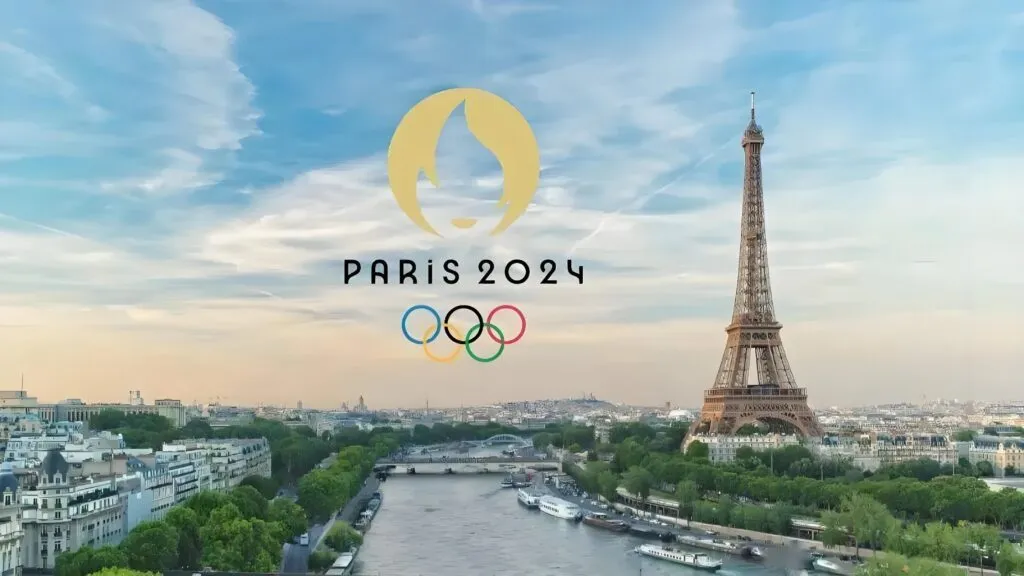What Makes Olympic Advertising Sponsorship a Valuable Investment?
Since the first modern Olympic Games in Athens, Greece, in 1896, the Olympics has evolved from a global sports spectacle into a major commercial and brand platform. Advertising sponsorship has become a vital funding source for the Olympics, marking its commercialization journey and providing unprecedented marketing opportunities for businesses. This article explores the history of Olympic advertising sponsorship, examines its current state, and reveals the vast business opportunities it offers.
Historical Evolution of Olympic Advertising Sponsorship
Early Beginnings
The origins of Olympic advertising sponsorship date back to the inception of the modern Games. At the 1896 Athens Olympics, despite its modest scale, companies like Kodak participated through sponsorships, providing financial support in exchange for advertising rights. At this stage, sponsorships were in their infancy, with relatively simple and unsystematic formats.
Gradual Development
As the 20th century progressed, the Olympics grew in scale and influence, making advertising sponsorship an important source of funding. The 1928 Amsterdam Games marked a significant development with the registration and copyright of the Olympic trademark, setting a precedent for future sponsorships. More companies began to recognize the immense value of the global platform provided by the Olympics and joined the sponsorship ranks.
Commercialization Peak
The 1984 Los Angeles Olympics represented a pivotal moment in the history of Olympic advertising sponsorship. This edition of the Games introduced a new commercial model, with market development managed by a private organization, successfully generating profits. This success not only provided unprecedented financial support for the Olympics but also significantly advanced the commercialization of sponsorships. Subsequently, the International Olympic Committee (IOC) launched the TOP (The Olympic Partners) program, further standardizing and enhancing the sponsorship system.
Current State of Advertising Sponsorship
Sponsorship Tiers
Today’s Olympic sponsorship system includes various tiers, such as global partners, official sponsors, and official suppliers. Sponsors at different tiers enjoy different rights and benefits, including brand exposure, event privileges, and product showcasing.
Sponsorship Costs
The costs associated with Olympic advertising sponsorship are typically high, but the returns in terms of brand exposure and market impact are substantial. Recent statistics show that sponsorship revenues for the Olympics continue to rise, offering significant commercial value to businesses.
Marketing Strategies
Sponsors often develop innovative marketing strategies to leverage the Olympic platform for enhancing brand image and market share. These strategies include creative advertisements, product placements, on-site activities, and social media engagement, aiming to present the brand from multiple perspectives.
Business Opportunities in Olympic Sponsorship
Brand Globalization
As a global sporting event with immense international visibility, the Olympics offers companies a powerful platform to enhance brand recognition and pursue internationalization. For businesses seeking to enter new markets or elevate their global profile, Olympic sponsorship presents an excellent opportunity.
Consumer Resonance
The Olympics convey values such as unity, perseverance, and progress, which resonate deeply with consumers. By sponsoring the Games, companies can align these values with their own brand, creating a positive brand image that strengthens consumer loyalty and recognition.
Diverse Marketing Channels
The Olympics provide a variety of marketing channels beyond traditional television broadcasts, including social media, online streaming, and short videos. These platforms expand the reach of brand communications and offer diverse marketing tools and interactive methods.
Innovative Marketing Opportunities
The dynamic and innovative nature of the Olympics presents numerous opportunities for sponsors to explore creative marketing strategies. Companies can use technologies such as creative ads, interactive experiences, and virtual reality to craft unique marketing experiences that capture consumer attention and leave a lasting impression.
Conclusion
The history of Olympic advertising sponsorship is a story of challenge and opportunity. From its early beginnings to its current thriving state, sponsorship has provided crucial financial support for the Olympics while offering businesses unparalleled marketing opportunities. As technology advances and market dynamics evolve, Olympic advertising sponsorship will continue to innovate, creating more value for companies and brands. For businesses aiming to excel in the global market, seizing the opportunities provided by Olympic sponsorship is undoubtedly a strategic move.














